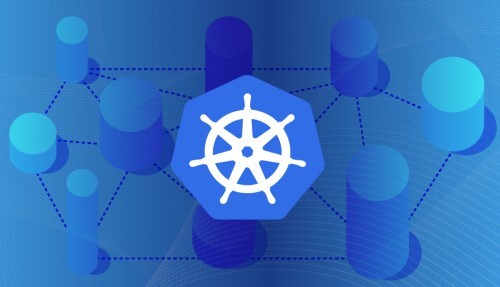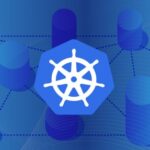Kubernetes is an open-source platform for automating the deployment, scaling, and management of containerized applications. It is used to orchestrate and automate deployments, allowing applications to be quickly and easily scaled up or down as needed. As more and more organizations use Kubernetes to manage their container infrastructure, being able to list all of the resources in a namespace is becoming increasingly important. This article will provide a step-by-step guide on how to list all resources in a Kubernetes namespace.
Step 1: Install kubectl
The first step in listing resources in a Kubernetes namespace is to install the command line tool, kubectl. Kubectl is a command line tool used to interact with a Kubernetes cluster. It can be used to create, update, delete, and get information about any resource in a Kubernetes cluster. Follow the instructions in the official Kubernetes documentation to install kubectl.
Step 2: Connect to the Cluster
Once kubectl is installed, you will need to connect to the Kubernetes cluster you want to list resources for. You can use the “kubectl config use-context” command to connect to the cluster. This will allow you to access the resources of the cluster from the command line.
Step 3: List All Resources in the Namespace
Now that you are connected to the cluster, you can use the “kubectl get all” command to list all of the resources in a given namespace. This command will output a list of all the resources including Deployments, Services, Pods, ReplicaSets, and PersistentVolumeClaims.
Step 4: Filter the Resources
You can also use the “kubectl get” command to filter the results. For example, you can use the “–selector” flag to filter the results to only show resources with a certain label. You can use the “-o wide” flag to show more detailed information about the resources, such as the node name, status, and IP address.
Conclusion
Knowing how to list all of the resources in a Kubernetes namespace is important for anyone managing a Kubernetes cluster. This article provided a step-by-step guide on how to list all resources in a Kubernetes namespace. Following the steps outlined above, you should now be able to successfully list all of the resources in a Kubernetes namespace.


